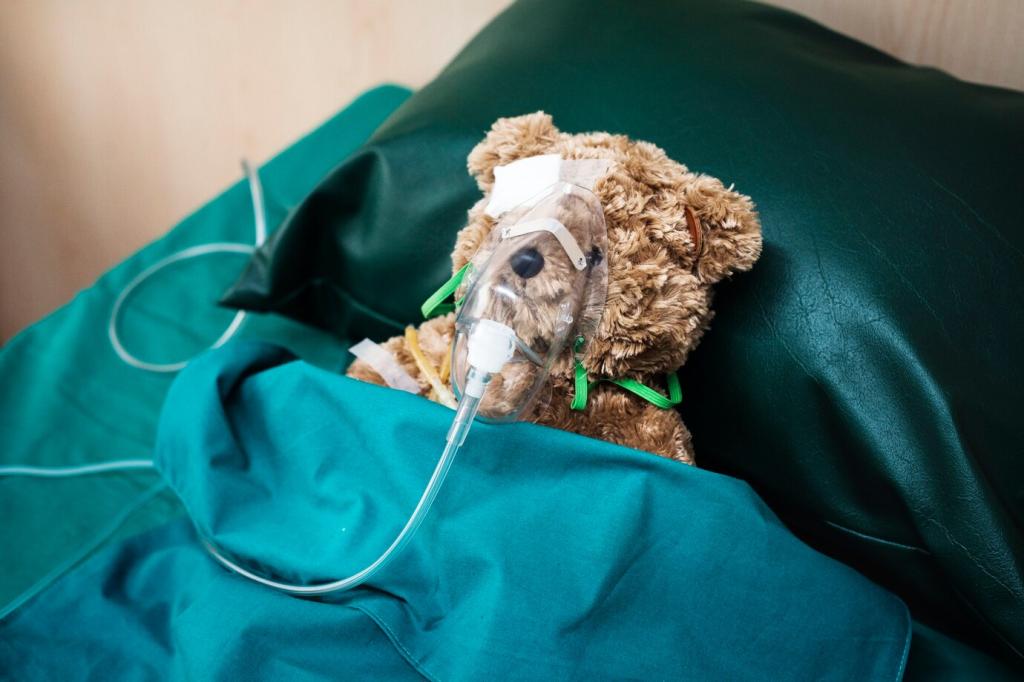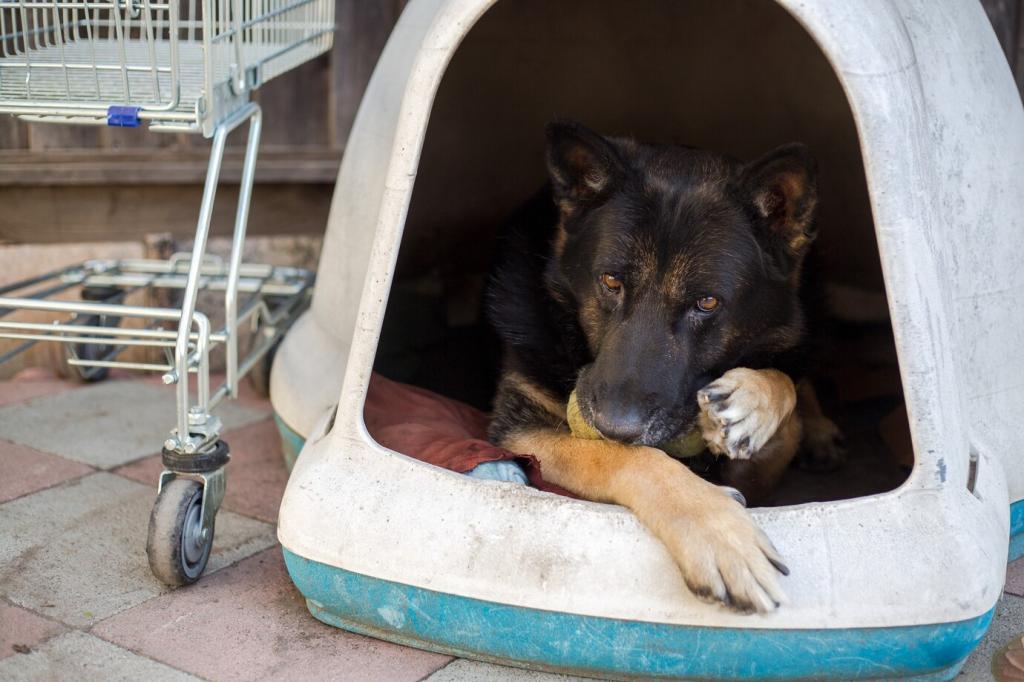
Handling Pet Poisoning: Stay Calm, Act Fast, Protect Your Best Friend
Chosen theme: Handling Pet Poisoning. This home page guides caring pet parents through urgent steps, prevention habits, and real stories to help you recognize danger, respond confidently, and keep tails wagging safely.
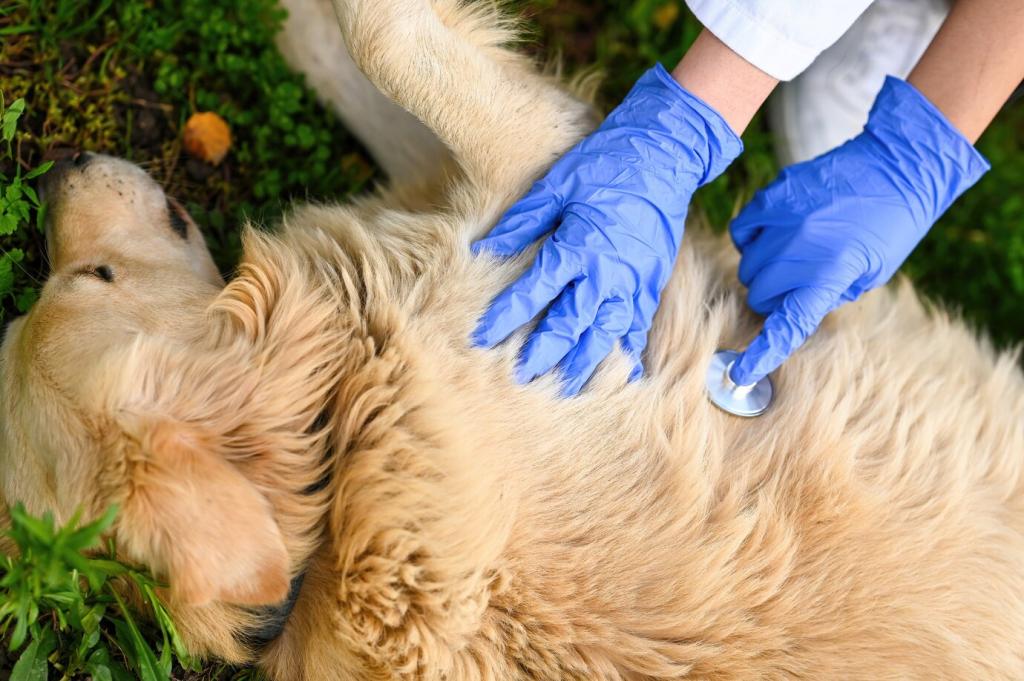
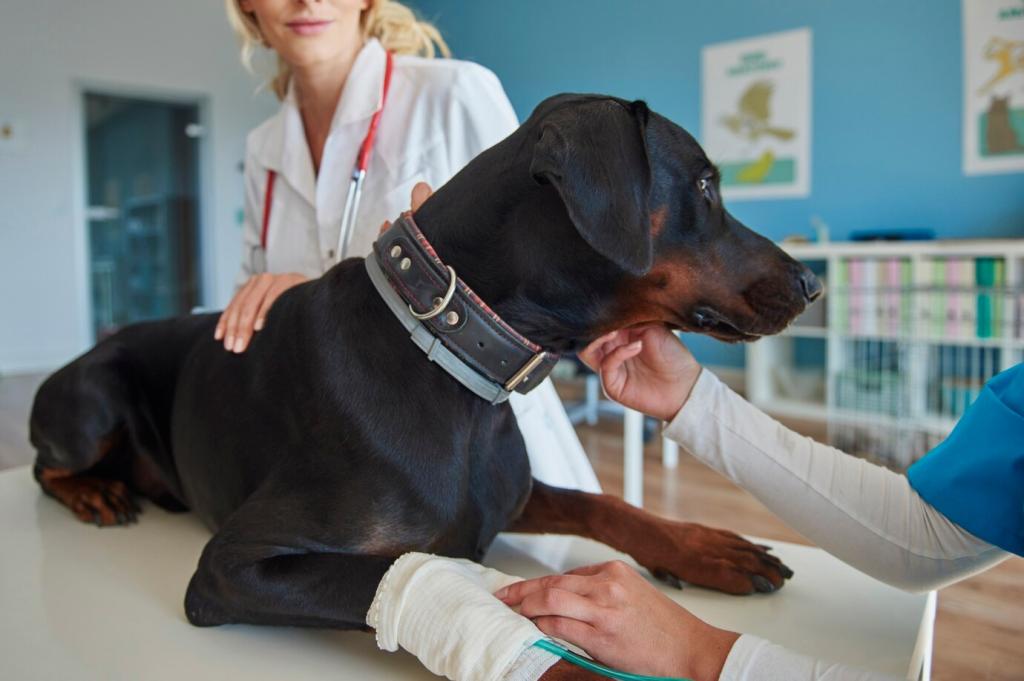
Spotting the Signs: How Pet Poisoning Looks in Real Life
Lethargy after a curious sniff in the pantry, mild drooling, or a sudden refusal to eat can all signal exposure. When paired with odd pawing at the mouth or new wobbliness, treat these signs as urgent and call your veterinarian.
Spotting the Signs: How Pet Poisoning Looks in Real Life
Vomiting, diarrhea, trembling, seizures, pale gums, or collapse can appear quickly with certain toxins. If symptoms escalate within minutes, do not wait for them to pass. Get professional guidance immediately to protect vital organs.
Create a Safe Scene
Remove your pet from the source, ventilate the area, and secure other animals. If the toxin is on fur or paws, prevent licking using a cone or towel barrier. Do not delay calling for guidance while you tidy or research online.
Call the Right Help, Fast
Reach your veterinarian or a dedicated pet poison helpline for step-by-step instructions based on the suspected substance. Keep your phone on speaker, stay beside your pet, and follow professional directions without improvising treatments.
Info To Have Ready When You Call
Share your pet’s species, breed, weight, age, symptoms, timing, and any product details including ingredients, concentration, and approximate amount. If packaging is available, read labels verbatim so experts can calculate risk accurately.
Xylitol in sugar-free gum, chocolate, grapes and raisins, onions and garlic, alcohol, unbaked bread dough, and strong spices can harm pets. Store snacks high, manage trash carefully, and never assume a human-safe treat is pet-safe.
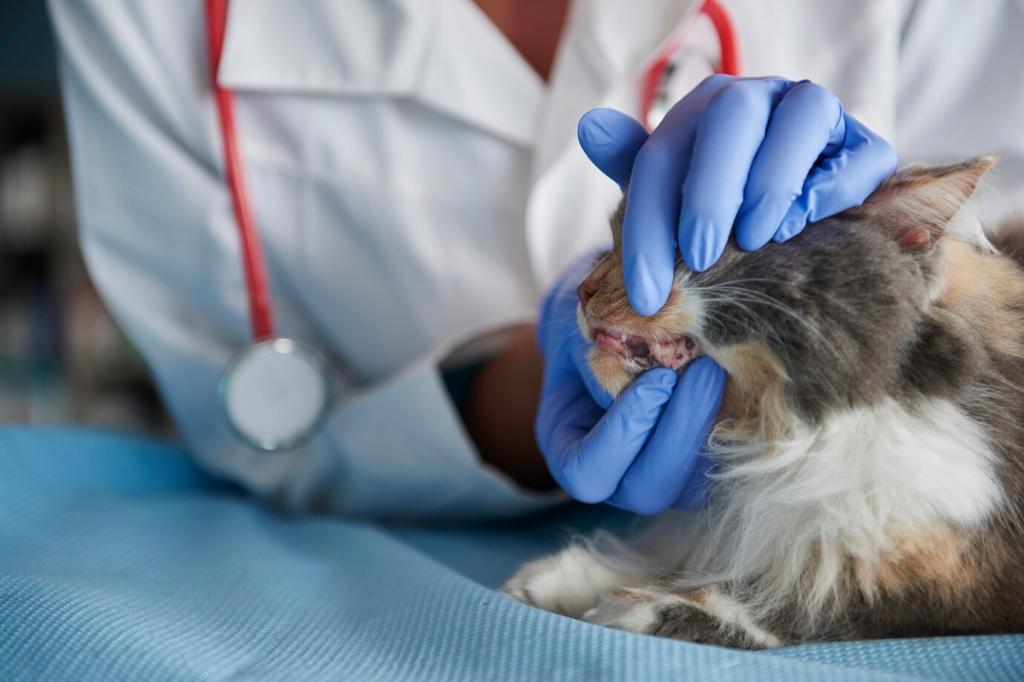
What Not To Do: Myths That Make Things Worse
Some substances burn going down and can burn coming back up. Others are risky to aspirate. Only induce vomiting if a veterinarian explicitly instructs you. Never use salt, mustard, or random kitchen ingredients for this purpose.
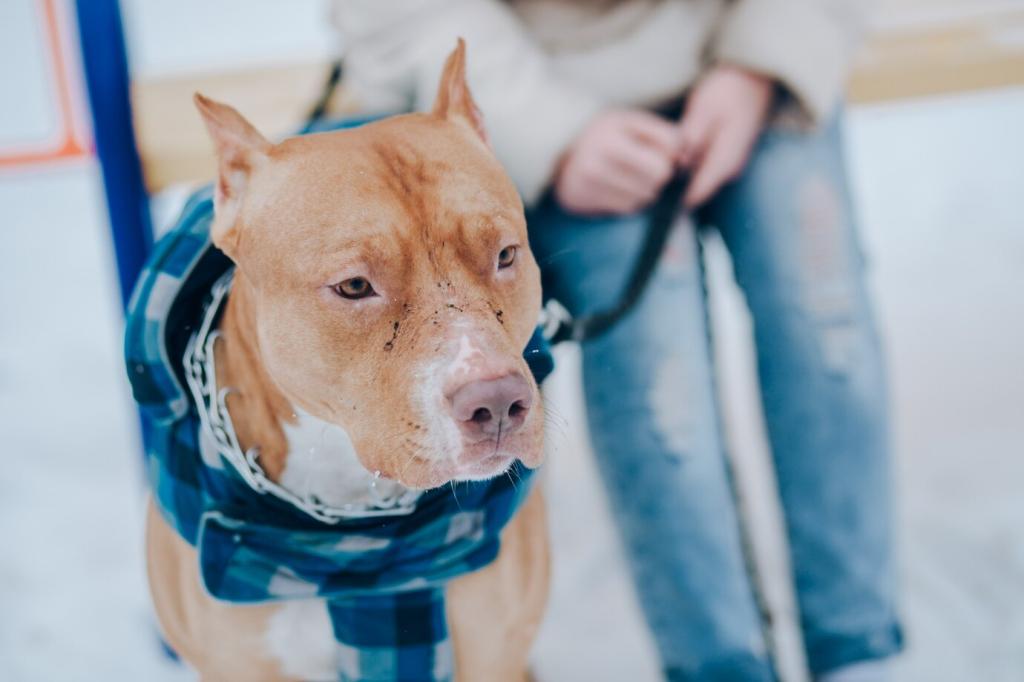
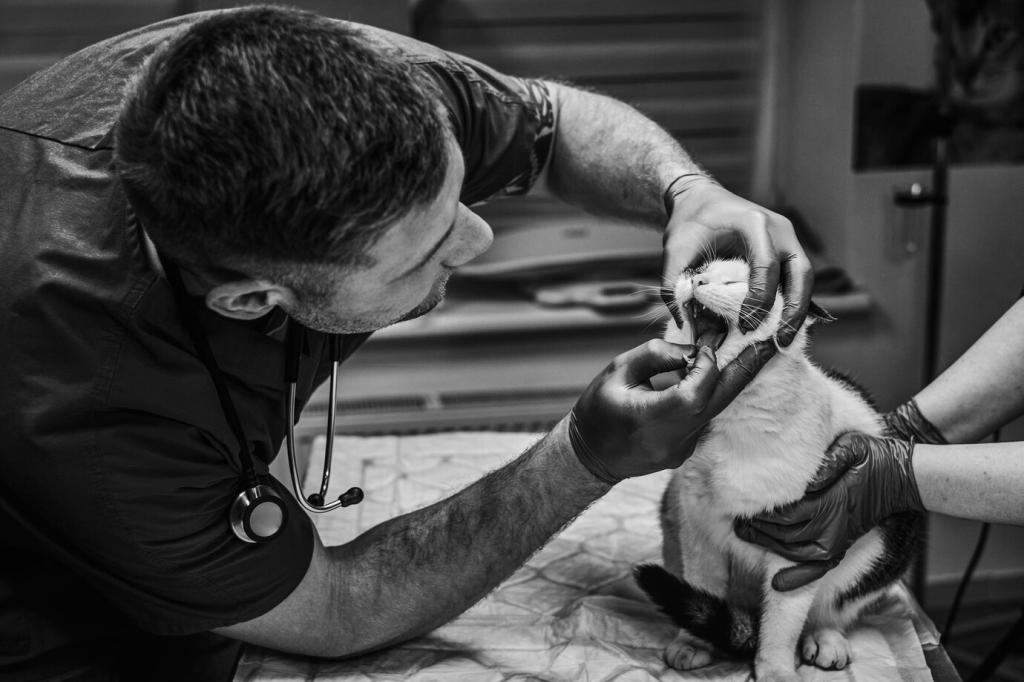
What Not To Do: Myths That Make Things Worse
Milk does not neutralize toxins, bread does not soak poison, and oil can worsen absorption. Giving food or fluids without direction may delay proper care. If you feel tempted to try something, pause and call a professional first.
Preparedness Kit: Build Your Pet Poison Safety Plan
Print your veterinarian’s number, nearest emergency clinic address, and a reputable pet poison helpline. Tape the list to your fridge and save it in your phone favorites. Share it with family, dog sitters, and trusted neighbors.
Keep toxins in latched cabinets and original containers with intact labels. Take phone photos of products you use frequently. If an incident happens, you will have precise ingredient lists ready to read to the professional helping you.
Rehearse moving your pet away, leashing calmly, grabbing the contact sheet, and calling on speaker. Time the drill, then refine. Share your best tip in the comments and subscribe to get our printable emergency checklist.
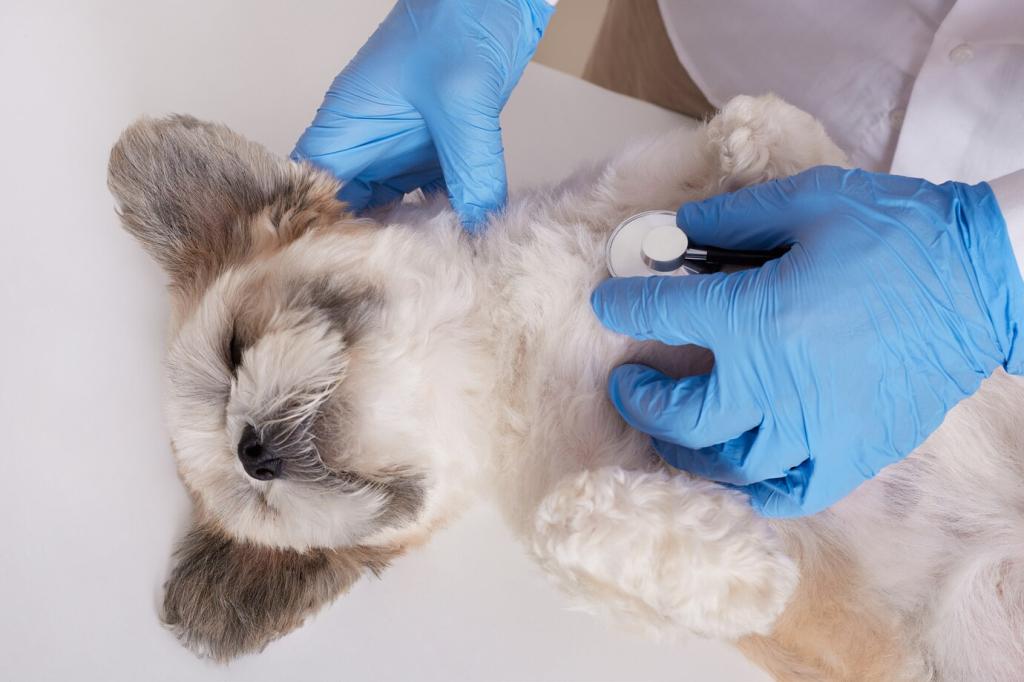
Real Stories, Real Lessons: Learning From Close Calls
Milo and the Sugar-Free Gum
When Milo the beagle raided a gym bag, his guardian noticed sudden wobbling and drooling. The crinkled gum wrapper said xylitol. She called immediately, read the label, and followed instructions. Quick action meant a healthy, wagging reunion.
Luna, Lilies, and a Lesson for Cat Parents
A bouquet arrived, Luna sniffed, and a petal went missing. Her family recognized the lily danger, rushed to the clinic, and brought the florist’s card for plant identification. Comment if you removed lilies from your home after learning this.
Community Wisdom
Your experiences help others act faster. Share what you noticed first, what you told the vet, and what you would change next time. Subscribe for monthly prevention reminders and a seasonal list of new household risks.
Daily Prevention Habits That Truly Work
Home Routines
Close pantry doors, use childproof latches, secure trash, and return meds to cabinets immediately. Keep purses zipped and off floors. After cleaning, wait until surfaces are dry before allowing pets to roam freely again.
Walks, Parks, and Holidays
Teach a reliable leave-it cue for dropped pills or bait outdoors. During holidays, watch for chocolate, alcohol, and skewers at gatherings. Ask guests not to feed scraps, and provide safe chews to keep your pet happily occupied.
Teach the Humans, Too
Brief kids, roommates, and visitors on pet-safe rules. Post a magnet with common toxins and emergency numbers. Invite readers to download our weekly checklist and comment with one prevention habit you will start today.
